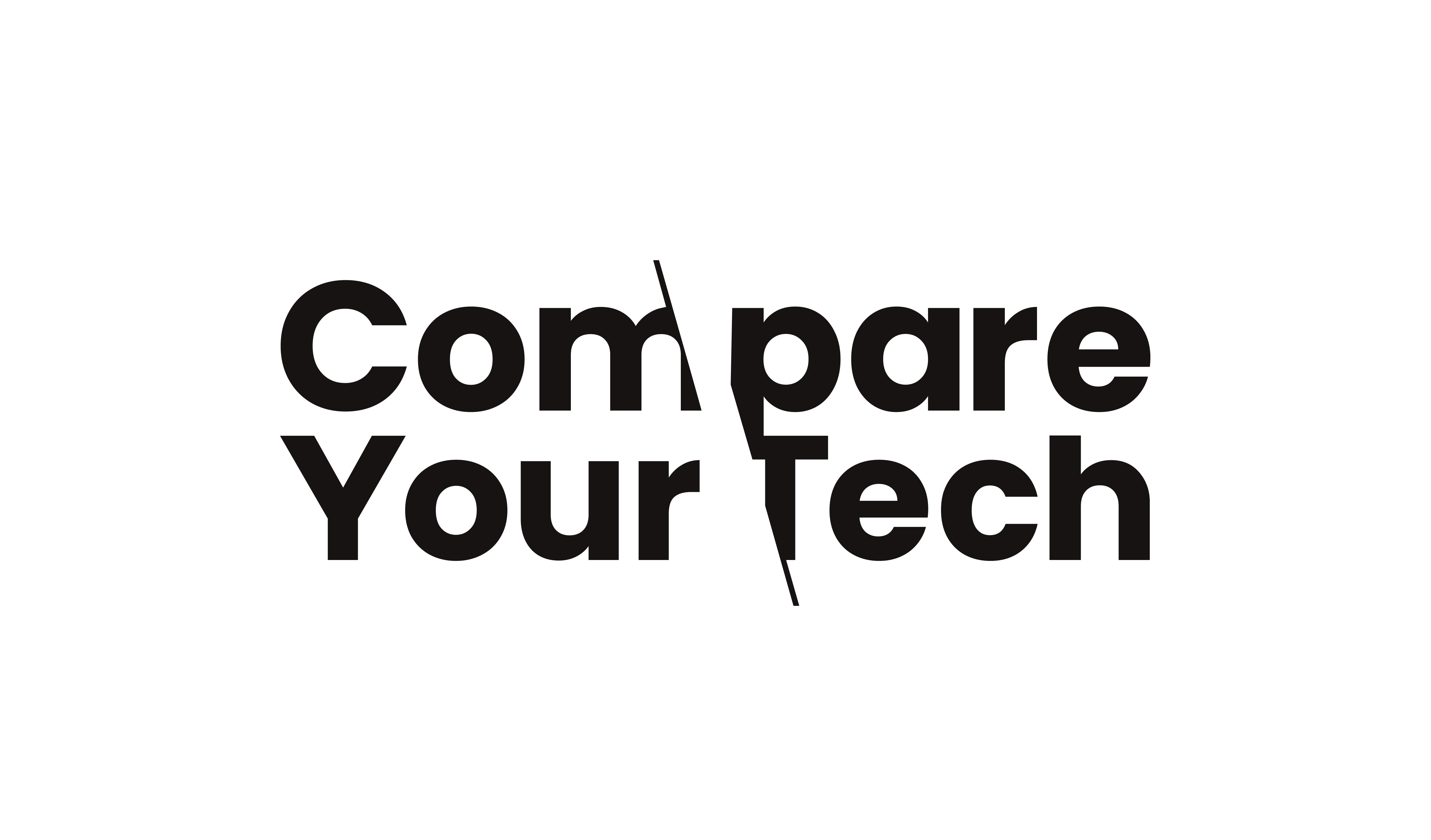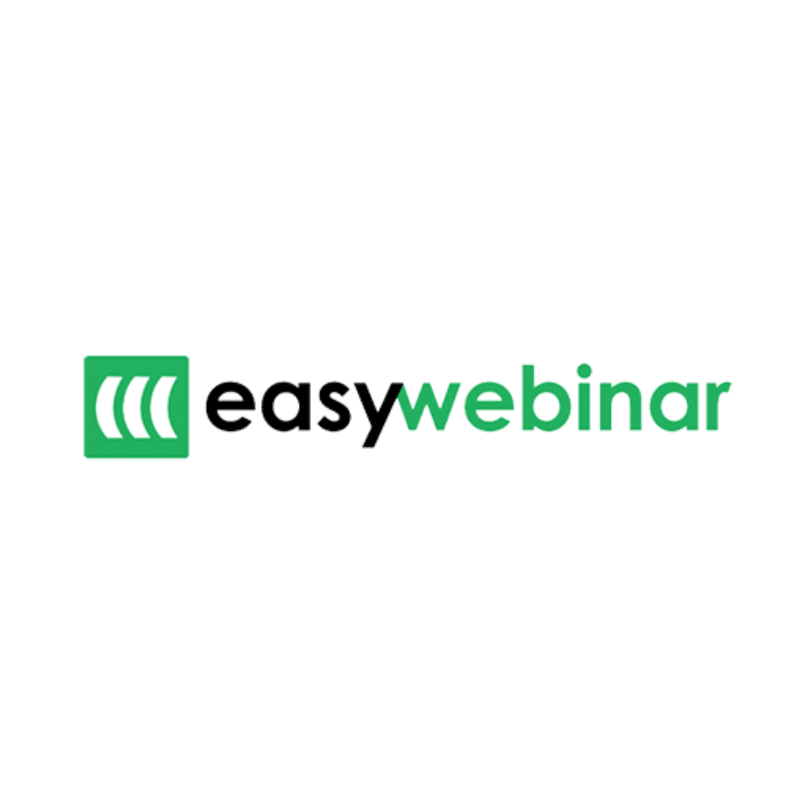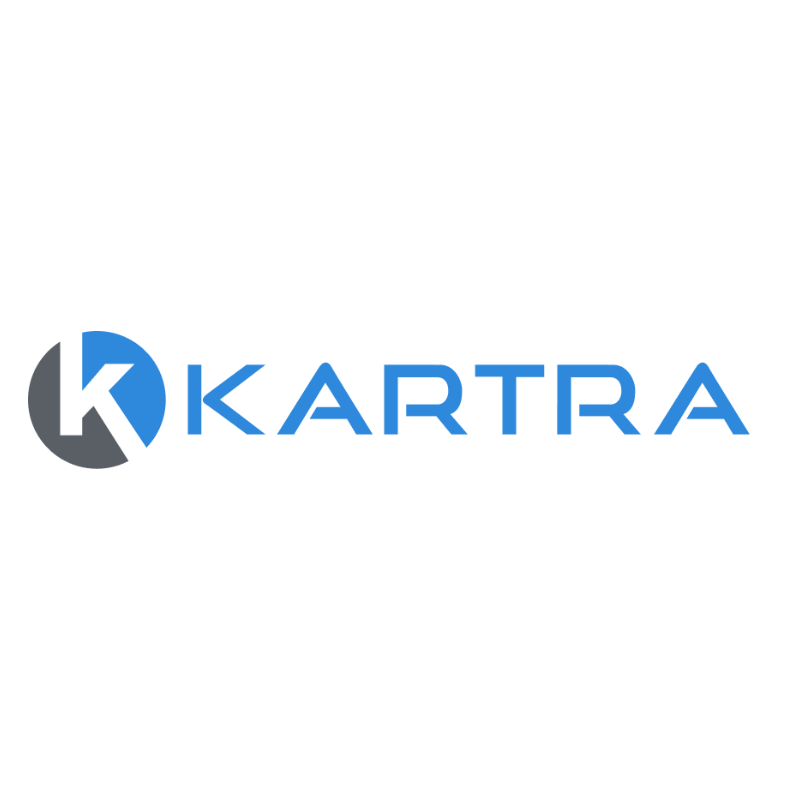FAQ'sFrequently Asked Questions about Material UI (MUI)
Who are Material UI (MUI)?
Material UI (MUI) is a popular React component library that provides pre-designed and customizable UI components based on Googles Material Design guidelines. It aims to streamline the development of user interfaces for web applications while enhancing usability and aesthetics.
What are Material UI (MUI)s products?
MUI offers a range of products including:
- MUI Core: A comprehensive set of React components that implement Material Design.
- MUI X: Advanced components for data-heavy applications, including data grids and charts.
- MUI System: A collection of utilities for building custom design systems.
- MUI Templates: Pre-built templates for faster application development.
What services do Material UI (MUI) offer?
MUI primarily offers software products, but it also provides documentation, community support, and premium support services for businesses requiring additional assistance with implementation and customisation.
What type of companies do Material UI (MUI)s products suit?
Material UIs products are suitable for a wide range of companies, particularly those in the tech sector, startups, and enterprises looking to build responsive web applications with a modern design. It is especially useful for developers and teams using React as their primary framework.
How much does Material UI (MUI)s product cost?
MUI Core is open-source and free to use, while MUI X offers premium components with a subscription model starting at a monthly fee. Specific pricing details can be found on the MUI website, as costs may vary based on the plan chosen and the number of developers using the service.
Does Material UI (MUI) offer a free trial?
Yes, Material UI offers free access to MUI Core, allowing users to trial its features without any cost. For MUI X, a free trial may be available for limited features; users should check the website for the latest offerings.
What discounts does Material UI (MUI) offer on their products?
Material UI may provide discounts for educational institutions, non-profits, or bulk licensing for teams. Users should refer to the official website for current promotions and discount details.
Are there any hidden fees or additional costs with Material UI?
Material UI is transparent regarding its pricing. However, users should be aware that while MUI Core is free, MUI X and other premium services may incur costs based on selected features and usage levels. It is advisable to review the pricing plans carefully to avoid unexpected charges.
Who uses Material UI (MUI)s products?
Material UIs products are used by developers, designers, and product teams across various industries including technology, finance, education, and e-commerce. It is particularly popular among React developers looking to enhance their application interfaces.
What are the main features of Material UI (MUI)s products/services?
Main features of Material UI include:
- Customisable components that adhere to Material Design guidelines.
- A responsive grid system for layout management.
- A robust theming system for consistent styling.
- Comprehensive documentation and community resources.
- Accessibility support and performance optimisation.
How does Material UI (MUI) compare to its competitors?
Material UI is often compared to other UI libraries like Ant Design and Bootstrap. Its primary advantage lies in its adherence to Material Design principles and its extensive set of components specifically tailored for React applications. Competitors may offer different design philosophies and component libraries, impacting user choice based on project needs.
Is Material UI (MUI)s platform easy to use?
Yes, Material UI is designed to be user-friendly, particularly for developers familiar with React. Its documentation provides clear examples and guides, making it accessible for both novice and experienced developers.
How easy is it to set up Material UI (MUI)s product or service?
Setting up Material UI is straightforward. Developers can easily integrate it into their React projects by following the installation guide provided in the documentation, which typically involves npm or yarn commands.
Is Material UI (MUI) reliable?
Material UI is widely used in the industry and has a strong community backing, indicating a level of reliability. Regular updates and maintenance further enhance its stability and performance.
Does Material UI (MUI) offer customer support?
Material UI provides community support through forums and GitHub issues. For premium users, additional support options may be available, including dedicated support channels for MUI X subscribers.
How secure is Material UI (MUI)Õs platform?
Material UI prioritises security through regular updates and patches. However, as with any open-source library, users must ensure they follow best practices for security in their implementations and configurations.
Does Material UI (MUI) integrate with other tools or platforms?
Yes, Material UI can integrate with various tools and platforms commonly used in web development, such as Redux for state management, form libraries like Formik, and routing libraries like React Router.
Can I use Material UI (MUI) on mobile devices?
Yes, Material UI components are designed to be responsive and work seamlessly on mobile devices and desktop browsers, ensuring a consistent user experience across different screen sizes.
What do users say about Material UI (MUI)?
Users generally appreciate Material UI for its design consistency, ease of use, and extensive component library. Feedback often highlights its documentation and the supportive community, though some users note the learning curve associated with customising advanced components.
What are the pros and cons of Material UI (MUI)?
Pros:
- Comprehensive and well-documented components.
- Strong community support.
- Consistent adherence to Material Design principles.
Cons:
- May have a learning curve for advanced customisation.
- Performance could be impacted if not used correctly in large applications.
How can I purchase Material UI (MUI)Õs services?
Users can purchase Material UIs premium services directly through their official website by selecting the desired plan and following the checkout process.
What is the cancellation or refund policy for Material UI (MUI)?
Material UIs cancellation and refund policy is detailed on their website. Generally, users can cancel their subscriptions at any time, but it is recommended to review the specific terms associated with each plan before subscribing.
What are the common use cases for Material UI (MUI)?
Common use cases for Material UI include:
- Building responsive web applications with React.
- Creating dashboards and data visualisation tools.
- Developing e-commerce platforms with a focus on user experience.
Why choose Material UI (MUI) over other options?
Choosing Material UI is beneficial for teams looking for a comprehensive, well-supported library that aligns with Material Design principles, especially for React projects. Its vast component library and customisation options make it a strong contender for modern web development.
How easy is it to set up Material UI (MUI)?
As mentioned earlier, setting up Material UI is a straightforward process, typically requiring only a few commands to integrate into a React project, along with following the setup guide available in the documentation.
Does Material UI (MUI) offer training or tutorials?
Material UI provides extensive documentation, including tutorials and examples to help users get started and make the most of the library. Additional resources may also be found through the community and third-party tutorials.
What languages does Material UI (MUI) support?
Material UI is primarily designed for use with JavaScript and TypeScript within React applications. While the components themselves are language-agnostic, the library targets developers familiar with these technologies.
What problems does Material UI (MUI) solve?
Material UI addresses common challenges in web development, including the need for consistent and aesthetically pleasing UI components, rapid development through pre-built elements, and adherence to best practices in UI design.
Is Material UI (MUI) worth the investment?
For organisations and developers building web applications with React, investing in Material UI can significantly enhance productivity and design quality, making it a worthwhile consideration based on project needs and team capabilities.






Leave a Reply
You must be logged in to post a comment.